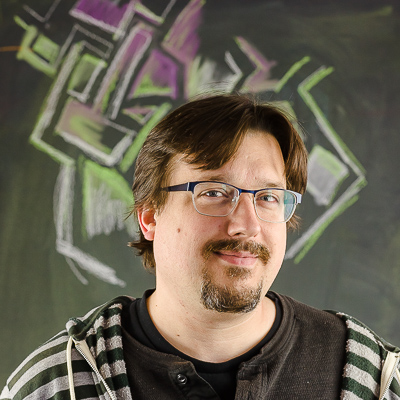Exploring Software Defined Radio
Explore SDR and its uses for journalism, education, and citizen science
While standard consumer equipment is available for certain radio spectra, such as AM, FM, shortwave, emergency bands, etc., the concept of SDR expands the notion of radio to the full range of broadcast frequencies and provides opportunities available to technologists and journalists that have implications for accessibility of information (including, for example, transportation or logistics related information), privacy concerns (e.g. IoT vulnerabilities), and citizen science, (e.g. radio astronomy and weather information).
This project will serve as a general exploration of the topic of SDR. Students will explore the general space of “what can I do with SDR” and will themselves choose a track within that space for deeper exploration. With the use of existing accessible radio equipment and open source software libraries, students will develop and execute a plan for a radio exploration project with significant value to the journalism community.
Outcomes of this project include:
- A general introduction to SDR with the goal of making this technology more accessible to the lab’s audience, particularly other students
- An exploration of a particular aspect of SDR of interest to the students. This exploration should:
- be presented in a fashion so as to be repeatable by future explorers
- demonstrate the value and potential interest of the topic in the context of media, journalism, academia, and/or citizen science
- present challenges/lessons learned
- propose ideas for future explorations and more specific project ideas and unsolved problems in the space of SDR
Note: due to certain restrictions and limitations, it is likely the practical part of this project will involve only receiving of radio signals and not broadcast. However, the general exploration part of the findings of this project should include some information about availability, accessibility, etc. of SDR as a broadcast medium as well.
Faculty and Staff Leads
Project Details
2018 Winter
Important Questions
- What can be done with SDR? See, e.g. [https://www.rs-online.com/designspark/10-things-you-can-do-with-software-defined-radio](https://www.rs-online.com/designspark/10-things-you-can-do-with-software-defined-radio)
- How might SDR be of value/interest to journalists? journalism and/or technology students? citizen scientists? the general public?
- What are some unsolved problems, existing pain points, impediments to use of this technology?
- What are some of the legal issues and implications of using SDR? ethical implications?
Sample Milestones
- explore "what can we do with SDR" with an emphasis on seeking out a specific track of interest and generally exploring the space of SDR interest to our general mission at the lab
- propose the focused project and present an early proof-of-concept that indicates ability to acquire radio-transmitted information via SDR and to interpret it in a useful way
- present final materials including
- general introduction to SDR, with practical emphasis
- findings from the designed project
- lessons learned/proposed future projects and explorations
Outcome
We will begin to demystify the technology of SDR, and begin to demonstrate its utility to our community. As an early exploration, we hope to springboard several new project ideas from the findings of this project.
